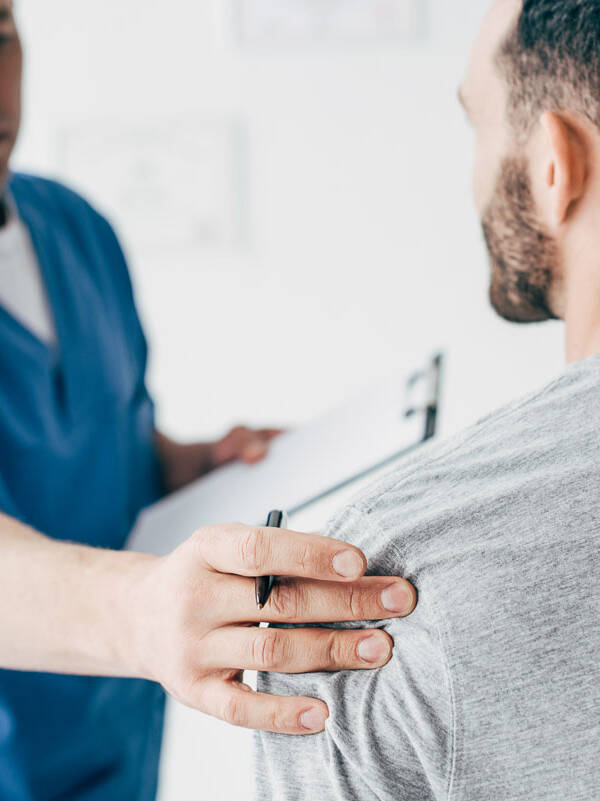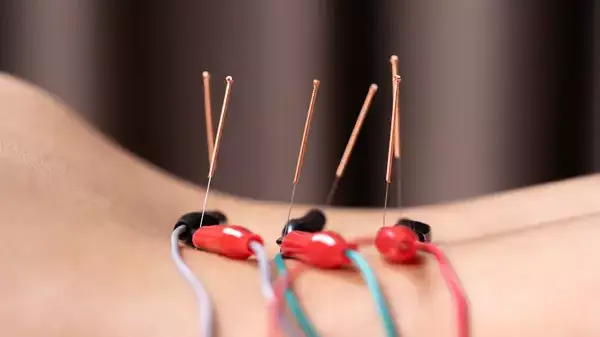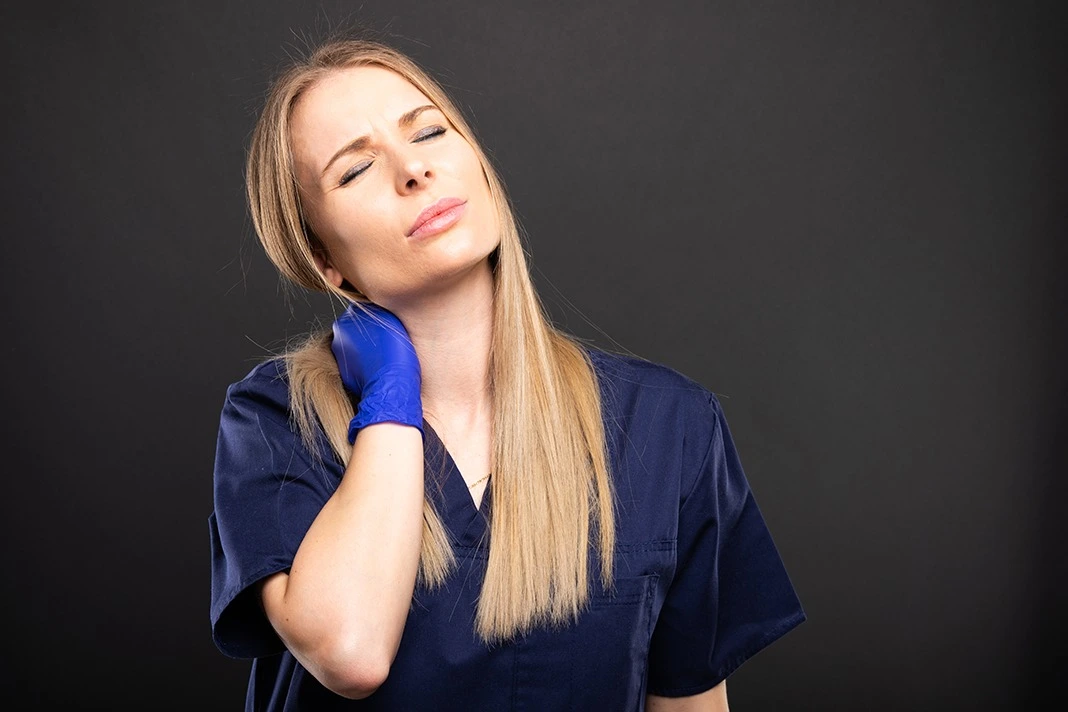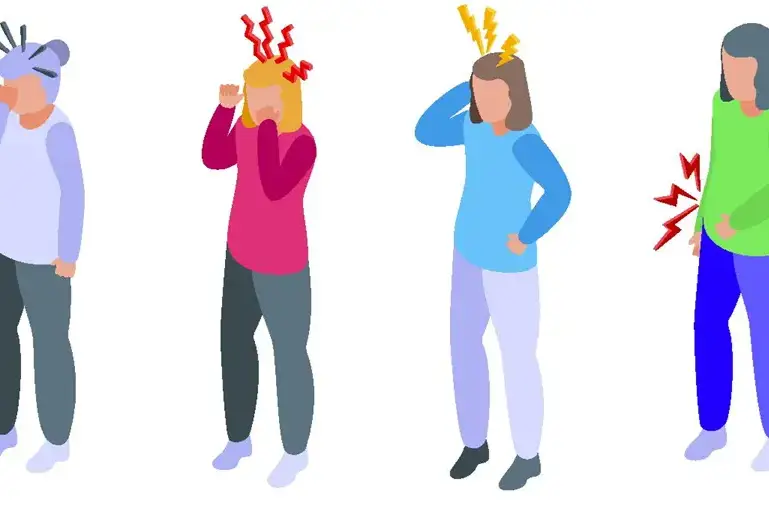Electro acupuncture for pain relief involves adding electric current to the needles used to perform acupuncture treatment, a widely practiced form of traditional Chinese medicine (TCM). Acupuncture involves inserting very thin, sterile needles into specific places in the body.
Electro acupuncture introduces a mild electric current that passes between the needles during treatment. This current applies more stimulation to acupoints than needle twirling or other hand manipulation techniques an acupuncturist might use.
In TCM, health depends on the qi (energy) flow throughout the body. Qi travels along invisible pathways, known as meridians, aiding the body in staying balanced and promoting its natural ability to heal itself. Blocking or disrupting the flow of qi can negatively impact physical and emotional well-being. Electroacupuncture stimulates the acupuncture points related to your specific symptoms, aiding the flow of qi and increasing the potential healing effects of standard acupuncture.
Here’s what a session might look like:
- Your doctor will evaluate your symptoms and select points for treatment.
- An acupuncture needle will be painlessly inserted at the treatment point, and another needle will be nearby.
- Acupuncture needles are inserted into specific points throughout the body along acupuncture meridians. Electrodes are attached to the needles and connected to a specialized electroacupuncture device.
- A mild current is applied to the needles. The current is adjusted to a strong but comfortable level.
- The electric current pulsates, alternating between the two needles.
A typical electroacupuncture session typically lasts between 10 and 20 minutes.
Table of Contents
ToggleDoes Electro Acupuncture Hurt?
Electroacupuncture is closely related to acupuncture but involves stimulating two needles with an electrical current. Some believe that this enhances the healing properties of traditional acupuncture. The electrical current used in Electroacupuncture doesn’t actually act on the body directly. There will be some “tingling” or “vibration” during treatment, but there shouldn’t be any pain. When acupuncture needles are inserted, some patients experience a mild “pinch.”
The Science Behind Electro Acupuncture
The therapeutic effects of electroacupuncture are supported by a growing body of scientific research. Studies have shown that electrical stimulation at acupuncture points can:
- Enhance Endorphin Release: Electroacupuncture promotes the release of endorphins, the body’s natural painkillers, which can help reduce pain levels and improve overall well-being.
- Improve Blood Circulation: The treatment stimulates blood flow to targeted areas, facilitating healing and reducing inflammation.
- Modulate Nervous System Activity: Electroacupuncture has been shown to regulate the autonomic nervous system, which can reduce stress and promote relaxation.
- Reduce Muscle Tension: By delivering electrical pulses to specific muscle groups, electroacupuncture can help release muscle knots and alleviate tension-related pain.
Electro acupuncture For Arthritis Pain
A 2005 review examined two studies exploring the benefits of acupuncture for rheumatoid arthritis (RA). One study used electroacupuncture treatments. In this study, those who received electroacupuncture treatment reported a significant reduction in knee pain just 24 hours after treatment. This effect lasted as long as four months after treatment.
A more recent literature review from 2017 reviewed 11 separate, randomized controlled trials (RCT) on Electroacupuncture for knee osteoarthritis. The results of these studies suggest that electroacupuncture helps reduce pain and improve movement. The authors noted that the studies found treatment plans of at least four weeks provided the best results.
Electro acupuncture for Acute Pain Relief
A 2014 literature review examined multiple preclinical animal studies on Electroacupuncture’s use as a form of pain relief. The results suggest that Electroacupuncture can help reduce different types of pain.
The authors also found evidence suggesting a combination of electroacupuncture and pain medication may be more effective than alone. This is promising, as it could mean that using Electroacupuncture for pain relief may reduce the need for high doses of medicine.
Benefits of Electro Acupuncture
Electroacupuncture offers several advantages over traditional acupuncture:
- Enhanced Pain Relief: Adding electrical stimulation amplifies the effects of acupuncture, providing quicker and more effective pain relief.
- Targeted Treatment: Electroacupuncture allows practitioners to focus on specific problem areas, making it particularly effective for localized pain such as neck pain or lower back pain.
- Non-Pharmaceutical Solution: For patients seeking alternatives to medications, electroacupuncture offers a natural, drug-free approach to pain management.
- Improved Muscle Recovery: Electroacupuncture can accelerate recovery from injuries and improve mobility by stimulating muscle tissue.
Side Effects of Electro Acupuncture Therapy for Pain Relief
The side effects of Electro acupuncture include:
- Mild nausea
- Dizziness, feeling faint, or fainting
- Pain or light bleeding when the needle is inserted
- Redness or bruising at the needle site
- Infection at the needle site, though this is rare when single-use sterile needles are used
If the tingling or vibration of the electric current causes discomfort, tell your acupuncturist immediately. If the voltage is too strong, the sensation could become unpleasant. Electroacupuncture is very safe when done by a skilled provider.
In addition, you shouldn’t try Electroacupuncture if you:
- Are pregnant
- Have heart disease
- Suffered a stroke
- Have a pacemaker
- Are diagnosed with epilepsy
- Experience seizure disorders
Choosing the Right Provider for Electro Acupuncture Therapy
If you’d like to try Electro acupuncture, you’ll first need to find a state-licensed acupuncturist. Ask if they offer electrical stimulation when you call to get more information. Not all acupuncture clinics offer this treatment.
Before making an appointment, consider asking the practitioner a few questions, such as:
- Do they have training or certification in Electro acupuncture therapy?
- How long does a typical treatment last?
- How long they’ve been treating clients?
- Do they have experience using Electro acupuncture therapy to treat your symptoms?
- Does the office accept medical insurance?
We will do whatever we can to address your concerns and help you feel as comfortable as possible during your treatment. Acupuncture usually takes numerous treatments over several weeks to make a difference, so expect to be asked to return for more treatments. Even if the acupuncturist you choose accepts health insurance, not all insurance providers cover acupuncture.
Ready to Find Real Relief?
Acupuncture has been used for thousands of years, and it is a well-studied and evidenced-based practice. Our office is conveniently located for patients in Arvada, Denver, and Wheat Ridge, Colorado. Dr. James Doran, DC is a certified chiropractic acupuncturist who has provided pain-free acupuncture treatment in Denver for over 20 years, as well as dry needling, a similar therapy. Still not sure? Check out some of our 5-Star reviews to see why we are the Chiropractor Denver seeks for fast, effective, and lasting pain relief. Ready to get relief from your pain? Looking for a Denver Chiropractor or “Acupuncture near me”? Request an Appointment!

Ready for an expert opinion? Get in touch today!
With a legacy of more than 25 years, our team specializes in helping individuals triumph over back pain, neck discomfort, and persistent headaches, all without relying on addictive medications or risky surgical procedures.





